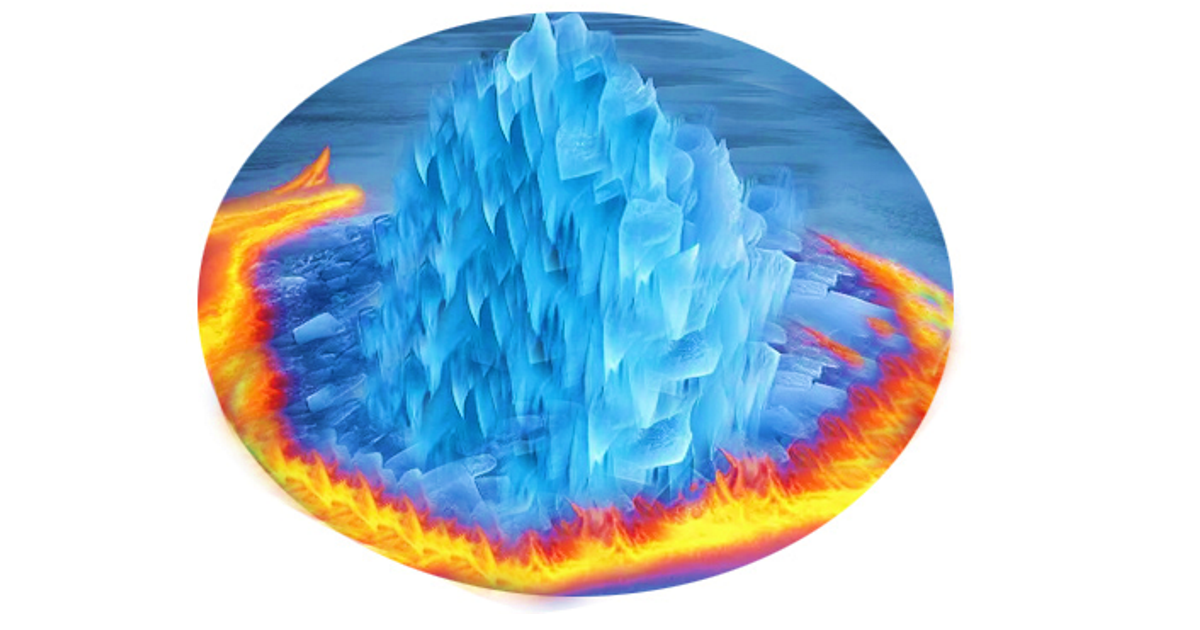Phase Change Materials (PCM) for Thermal Energy Storage
A special issue of Materials (ISSN 1996-1944). This special issue belongs to the section "Advanced Nanomaterials and Nanotechnology".
Deadline for manuscript submissions: 10 October 2024 | Viewed by 1435

Special Issue Editors
Interests: advanced nanostructured thermal management materials (thermal conduction materials, thermal insulation materials, thermal storage materials) and technologies for developing advanced sustainable thermal management systems; industrialization application research
Interests: Solar-thermal storage materials; phase-change building materials; thermal management materials; organic-inorganic hybrid composite materials
Special Issues, Collections and Topics in MDPI journals
Special Issue Information
Dear Colleagues,
Phase-change materials (PCMs) can store and release heat via the phase transition process. Compared with conventional energy storage technology, phase-change energy storage materials possess significant advantages, such as a high thermal storage density, a low cost and excellent chemical stability, which can effectively enhance energy utilization and optimize the energy structure. In terms of physical properties, the phase-change temperature of PCMs should be within the operating temperature range required by the application, and the latent heat, specific heat, density and thermal conductivity of PCMs should be optimized as much as possible in the unit volume. In terms of chemical properties, PCMs should have good chemical stability and non-corrosive, non-toxic, non-flammable and explosive characteristics. In addition, cost and availability are two economic indicators that are of concern when PCMs are applied in practice. This Special Issue aims to explore the innovative development of PCM materials for thermal energy storage applications. Both original research papers and reviews are welcome.
Dr. Xiao Chen
Dr. Kunjie Yuan
Guest Editors
Manuscript Submission Information
Manuscripts should be submitted online at www.mdpi.com by registering and logging in to this website. Once you are registered, click here to go to the submission form. Manuscripts can be submitted until the deadline. All submissions that pass pre-check are peer-reviewed. Accepted papers will be published continuously in the journal (as soon as accepted) and will be listed together on the special issue website. Research articles, review articles as well as short communications are invited. For planned papers, a title and short abstract (about 100 words) can be sent to the Editorial Office for announcement on this website.
Submitted manuscripts should not have been published previously, nor be under consideration for publication elsewhere (except conference proceedings papers). All manuscripts are thoroughly refereed through a single-blind peer-review process. A guide for authors and other relevant information for submission of manuscripts is available on the Instructions for Authors page. Materials is an international peer-reviewed open access semimonthly journal published by MDPI.
Please visit the Instructions for Authors page before submitting a manuscript. The Article Processing Charge (APC) for publication in this open access journal is 2600 CHF (Swiss Francs). Submitted papers should be well formatted and use good English. Authors may use MDPI's English editing service prior to publication or during author revisions.
Keywords
- phase-change materials
- thermal energy storage
- energy conversion
- thermal management
- thermal conductivity
- experiments
- numerical models







